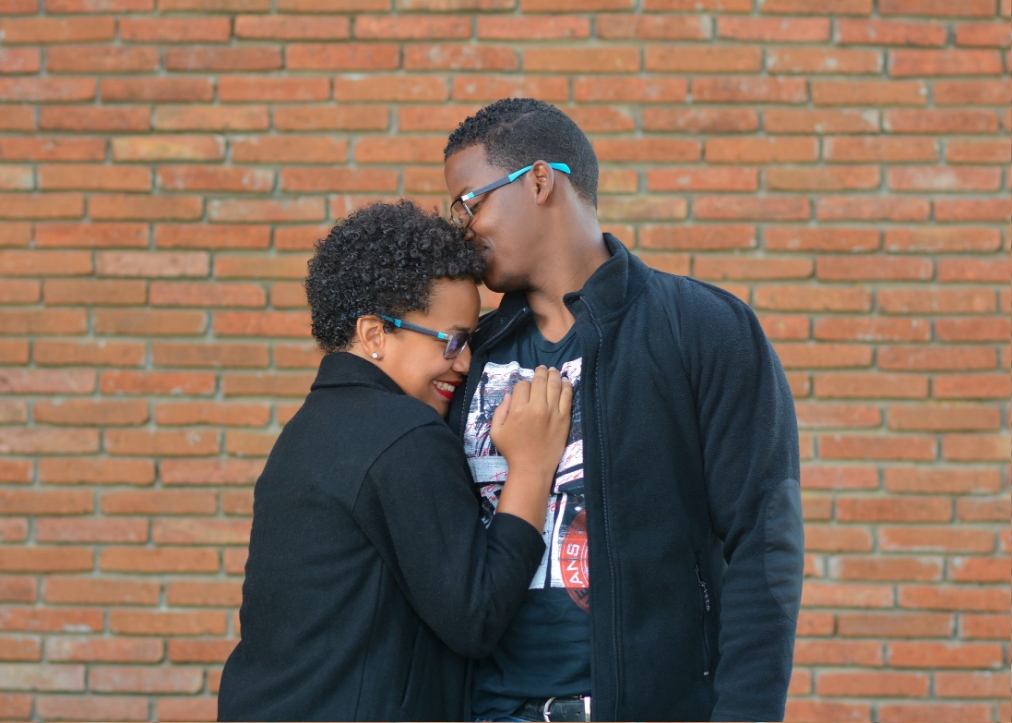Anxious attachment isn’t about being broken.
It’s about being wired for worry in relationships—and learning how to rewire.
In fact, my most-read post, 5 Ways to Help Anxious Attachment and Love More Securely, has been read over 230,000 times by people who know how hard it is to feel safe in love.
Anxious attachment is a pattern rooted in early relationships and shaped by nervous system responses like this—and it can be rewired.
If you’ve ever felt like you care “too much,” chase connection only to be left hanging, or try to make yourself smaller so someone won’t leave—you’re not alone.
And you’re not stuck.
Shifting from anxious to secure attachment isn’t about fixing yourself.
It’s about coming home to yourself.
This process follows three powerful pillars that I teach in my work with clients and students:
1. Understand What Secure Attachment Actually Is
Most people with anxious attachment have never seen secure love up close.
So of course you’re unsure what to look for. Or worse—you mistrust it when it shows up.
Secure attachment is not “perfect” communication or a drama-free relationship.
It’s a felt sense of steadiness. It’s knowing:
- You’re allowed to ask for what you need.
- Conflict doesn’t mean abandonment.
- You don’t have to chase or perform for love.
To begin shifting into secure, you need to study it.
Observe it.
Let your body get used to the idea that safety is possible.
Ask yourself:
- What does consistency look like?
- What kind of love feels both calming and alive?
- What does safety feel like in your body?
This is your roadmap—not just for understanding attachment, but for trusting your future relationships to feel different than the past.
2. Understand Your Pitfall Parts
Healing doesn’t mean you never get triggered.
It means you stop letting your triggers run the show.
When you’re anxiously attached, you have parts of you that panic at the first sign of distance or disconnection. They might:
- Overanalyze a text (or lack of one)
- Spiral into worst-case scenarios
- Overfunction in the relationship just to feel secure
- Collapse when someone pulls away
These parts aren’t flaws—they’re protectors.
They’re the inner child in you saying: “Please don’t leave me.”
This is similar to what polyvagal theory explains about how our nervous system constantly scans for cues of safety or danger—what’s called neuroception.
Your job isn’t to get rid of these parts.
It’s to understand them.
Ask:
- What part of me is activated right now?
- What is this part trying to protect me from?
- Is it using a strategy that worked in the past, but doesn’t work now?
When you shine light on your patterns, you take back your power.
Because you can’t change what you don’t understand.
3. Re-source Your Secure State
You already have a secure part inside you—it’s just been buried under years of stress, survival, and self-abandonment.
That secure part of you:
- Knows how to self-soothe
- Knows when to ask for space and when to lean in
- Knows your worth isn’t tied to someone’s response time
The more you practice resourcing this part—through breath, regulation tools, and connection to wise support—the more it becomes your default.
You’re not just thinking differently.
You’re feeling differently in your body.
You’re reclaiming the calm you were always meant to have.
So how do these pillars look in action?
Here are some tangible steps you can start with:
✅ Learn the signs of secure attachment
Journal or reflect on how secure people handle conflict, express needs, and offer reassurance.
✅ Meet your anxious parts with compassion
Instead of trying to shut them down, respond to them like you would a scared child: with curiosity and care.
✅ Practice nervous system regulation
Try daily grounding techniques like breathwork, orienting, or resourcing audios that help your body feel anchored.
✅ Reframe what love is
Instead of equating intensity with intimacy, start looking for steadiness.
Start trusting boredom. Stability isn’t a red flag—it’s a green light.
✅ Rehearse new patterns
With friends. With yourself. With a coach.
Secure behavior is a muscle. It builds over time.
💡 Want a deeper breakdown of how this all works?
Watch my free training:
👉 Why Love Feels So Hard When You’re Anxiously Attached
Inside, I’ll walk you through what’s happening in your attachment system, the myths that keep you stuck, and the powerful shifts that lead to real security.
✨ You are not “too much.”
You are not unlovable.
You’re just someone who learned to hustle for love—and now gets to learn how to receive it.
Let’s make that your new normal.





